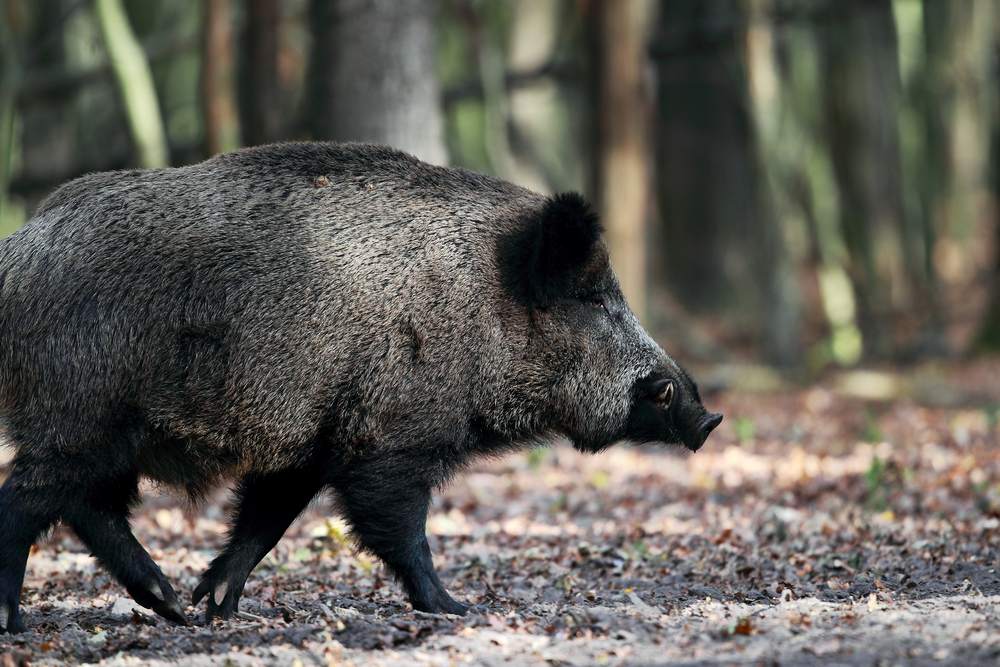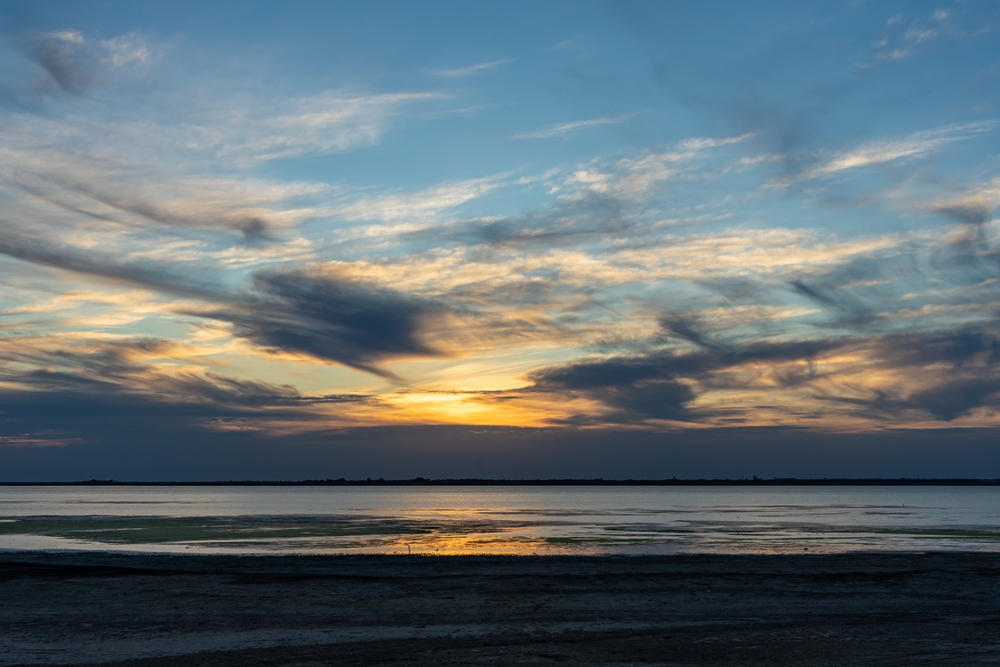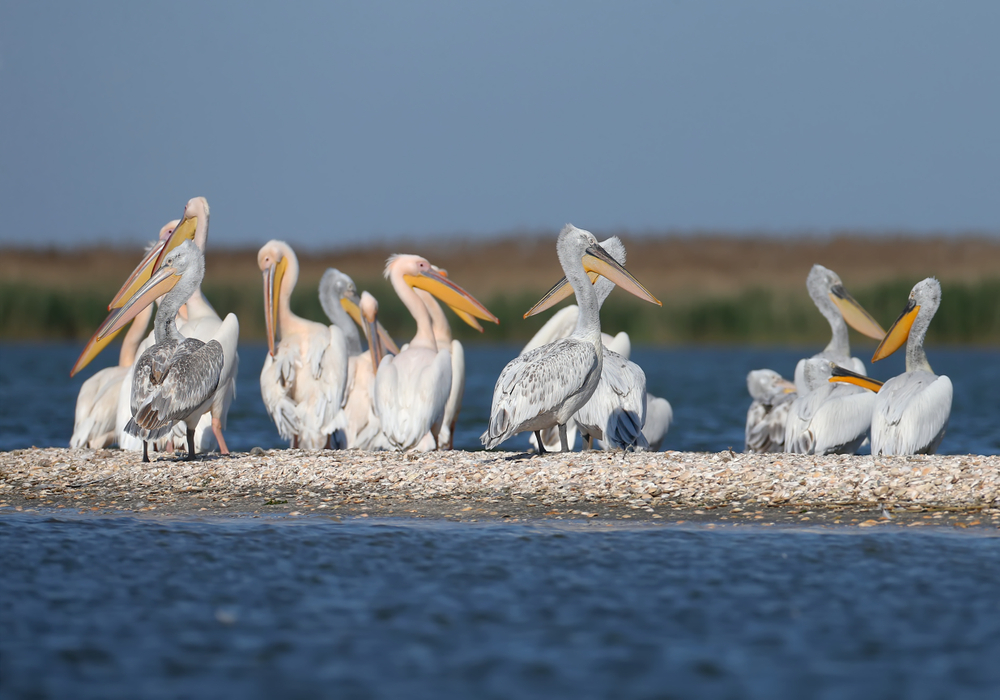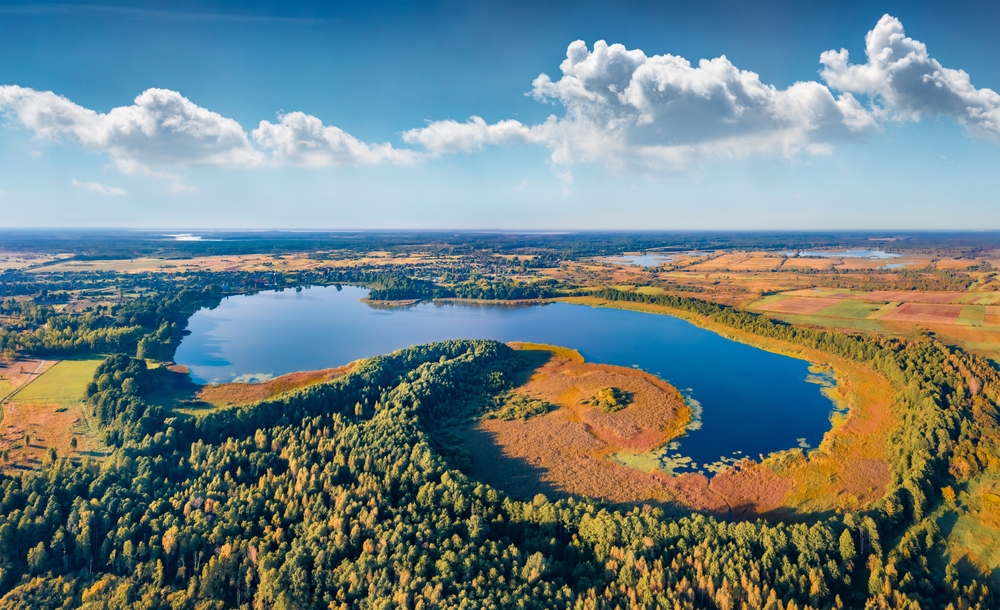Derman-Ostroh Overview
Derman-Ostroh National Park, known locally as Дермансько-Острозький національний природний парк, is located in the Rivne region of northwestern Ukraine. Established in 2009, the park covers an area of approximately 54.48 square kilometers (21.03 square miles).
It is situated in the southernmost part of Rivne Raion, with the historic city of Ostroh nearby. The park was created to preserve the unique natural landscapes and rich biodiversity of the region, offering visitors a chance to experience Ukraine’s pristine wilderness and cultural heritage.
The terrain of the park is defined by a combination of forests, river valleys, and geological formations. The landscape is characterized by dense pine-oak forests interspersed with marshy lowlands and meandering rivers. The Zbytynka River is the main watercourse, flowing between the Volyn and Podillia Uplands, creating stunning panoramic views.
The Reservoir of Novomalyn, the largest body of water in the park, attracts a variety of bird species. The park is also home to unique geological formations, such as the Zinkiv Stone, a moss-covered boulder steeped in local legend. Another notable feature is “Peklo,” a collection of caves near the village of Bushcha that have revealed historical artifacts, adding an element of cultural intrigue to the park’s natural beauty.
Derman-Ostroh National Park is a haven for biodiversity, hosting more than 1,000 plant species, including 52 that are considered rare or endangered. The forests, meadows, and wetlands support a variety of flora, including 18 species of orchids. The Bushchanske calcareous swamp is an ecologically significant area, home to rare plant species such as Schoenus ferrugineus and Swertia perennis.
The fauna is equally diverse, with over 800 recorded species. Of these, 65 are protected, making the park a critical area for conservation. Mammals such as deer, foxes, wild boars, and European badgers can be found throughout the park. The Zbytenskyi Ornithological Conservation Area is particularly important for bird species, as it provides a crucial habitat for both breeding and migratory birds.
Visitors to the park can explore a variety of outdoor activities that highlight its natural beauty. Hiking and biking trails wind through the forests and river valleys, providing opportunities for adventure and wildlife observation.
Birdwatching is especially popular in the wetland areas, where visitors can spot a variety of native and migratory species. Cultural and historical tours allow guests to learn more about the region’s past, including visits to local landmarks such as the Holy Trinity Monastery in the village of Mezhyrich.
The park has developed a network of travel routes, including a 6.5 km educational ecological trail, a 38 km ecotrail along the Zbytinka River, and a 65 km bicycle trail that circles the park, ensuring a range of options for different levels of exploration.
Conservation efforts in Derman-Ostroh National Park focus on protecting its fragile ecosystems and rare species. Several protected areas within the park, such as the Bushchansky Reserve and the Mizotsky Ridge Geological Reserve, safeguard unique habitats, including forests, wetlands, and geological sites.
Sustainable tourism initiatives have been introduced to balance visitor engagement with environmental protection, ensuring that the park’s natural beauty remains preserved for future generations. These efforts have been instrumental in maintaining the delicate ecological balance while allowing people to appreciate the rich landscapes and wildlife of the park.
Derman-Ostroh National Park provides an exceptional opportunity to experience the unspoiled natural beauty of Ukraine. Whether hiking through its vast forests, exploring its cultural landmarks, or observing its rich wildlife, visitors can connect with both nature and history in this remarkable protected area.














































































